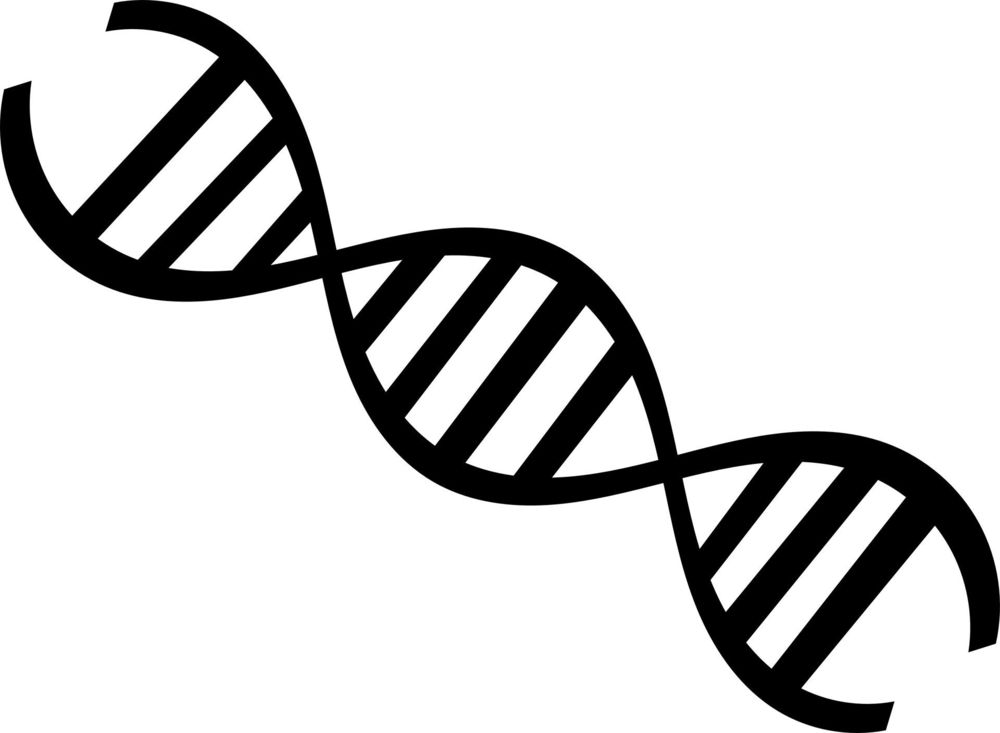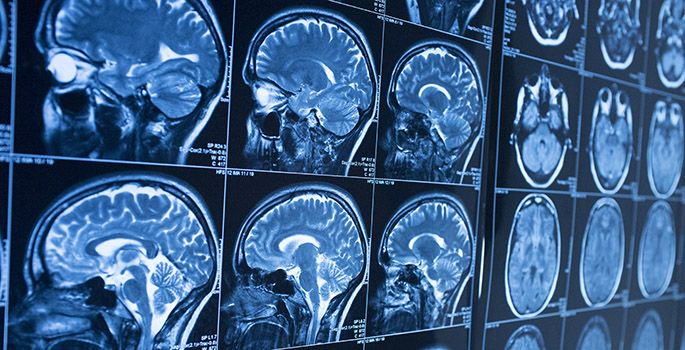Jul 17, 2020
Geologists Say a New Ocean Is Opening up in Africa
Posted by Quinn Sena in category: futurism
In somewhere between five and ten million years, the tectonic plates that form Africa are likely to rip apart so much that it’ll eventually split the continent in two.
Within Ethiopia’s Afar region, the Arabian, Nubian, and Somali tectonic plates are slowly pulling away from each other, NBC News reports, gradually creating a vast rift — slowly forming a new ocean.
“We can see that oceanic crust is starting to form, because it’s distinctly different from continental crust in its composition and density,” University of Leeds Ph.D. student Christopher Moore told NBC.


















